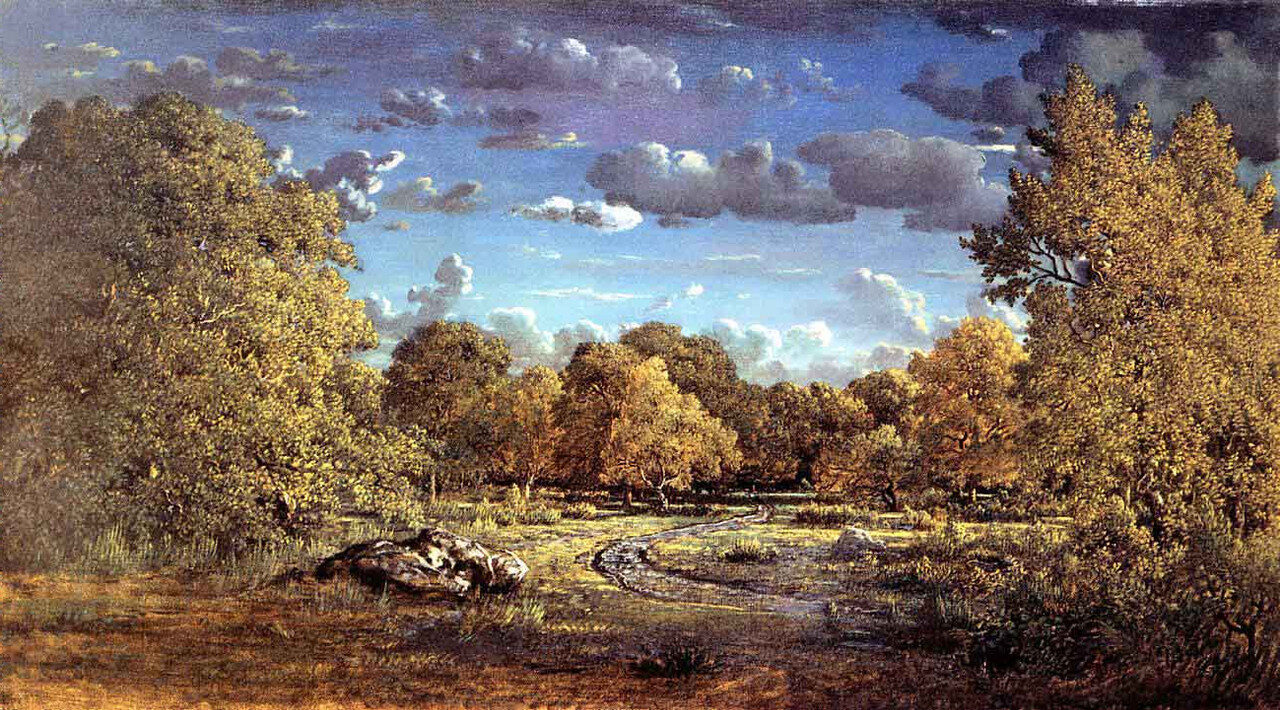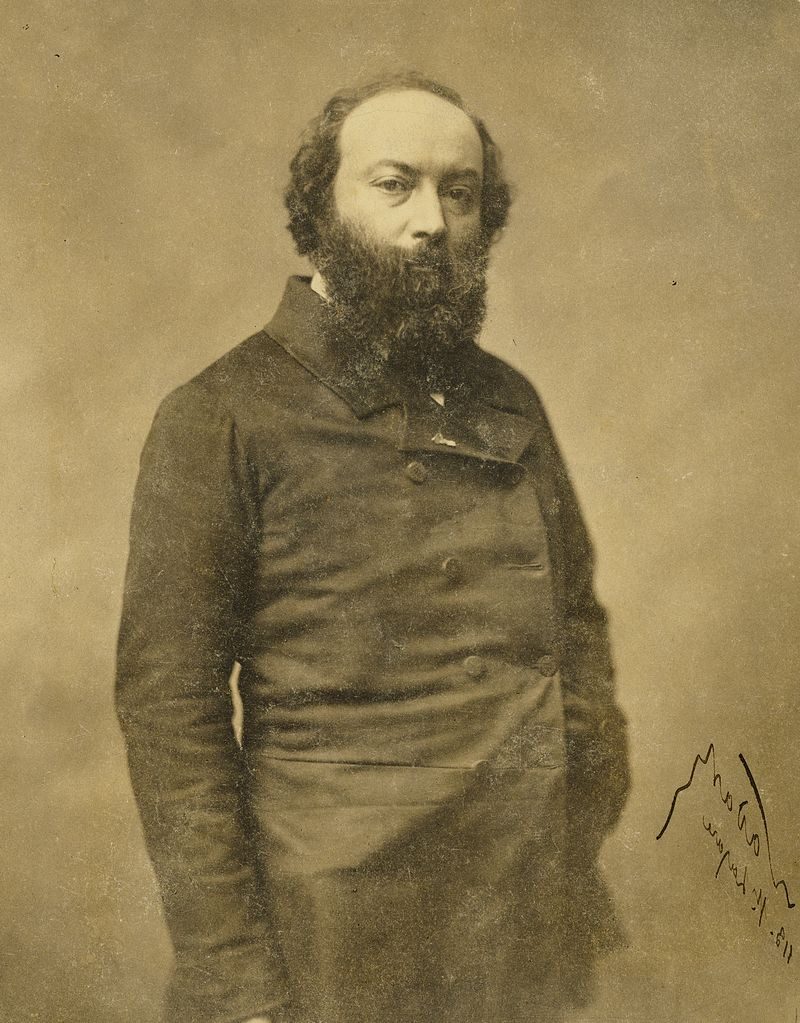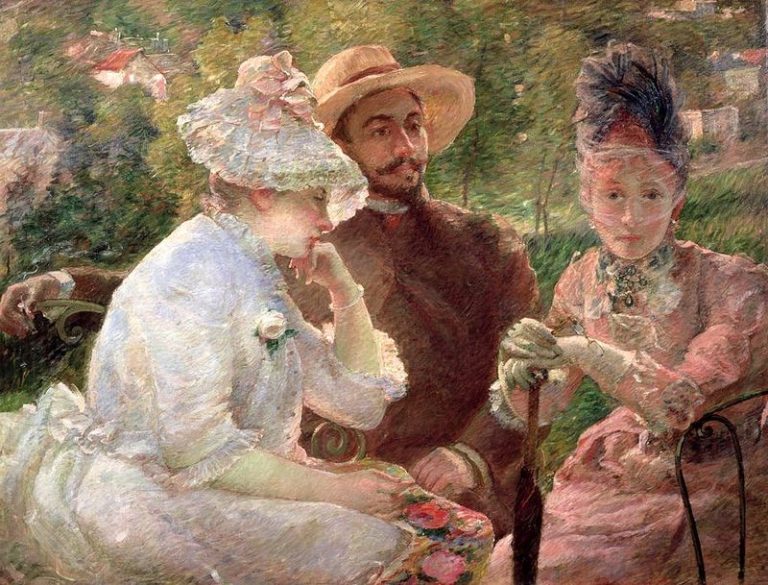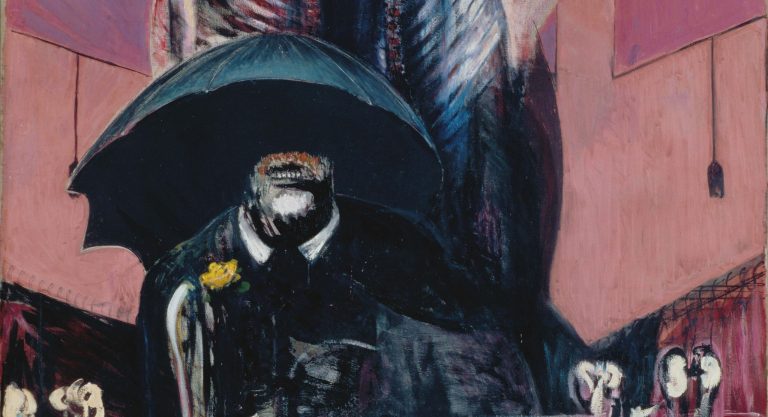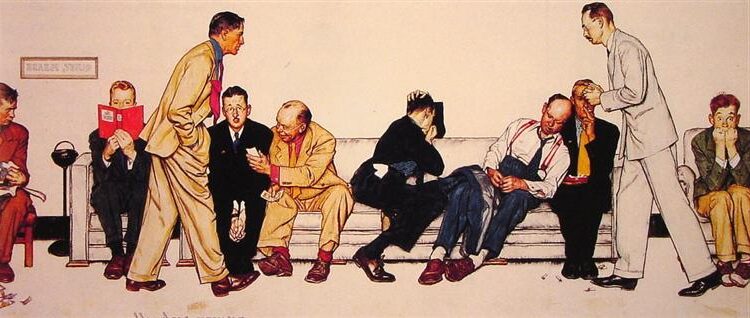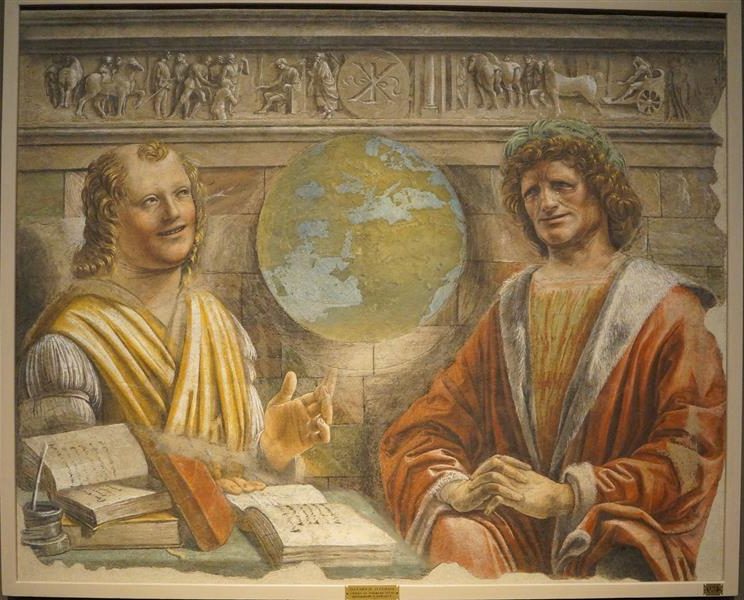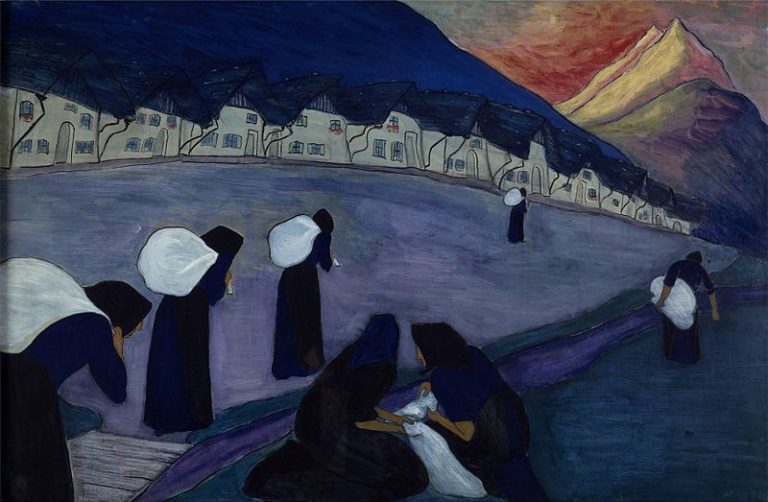Théodore Rousseau Painter: The Visionary Master of French Landscape Art
Born: 15 April 1812, Paris, France
Death: 22 December 1867, Barbizon, France
Mouvement artistique : Réalisme
Nationalité : Français
Enseignant : Autodidacte
Théodore Rousseau Painter: The Visionary Master of French Landscape Art
Biographie et étapes artistiques
Théodore Rousseau’s life journey from a young Parisian to a pioneering landscape painter was marked by persistence through rejection and eventual recognition. His deep connection to nature and technical innovation established him as a leading figure in 19th-century French art.
Les débuts et l'inspiration
Étienne Pierre Théodore Rousseau was born in Paris on April 15, 1812, to a tailor from the Jura region. At just thirteen years old, he was sent to his father’s native province to work in an office.
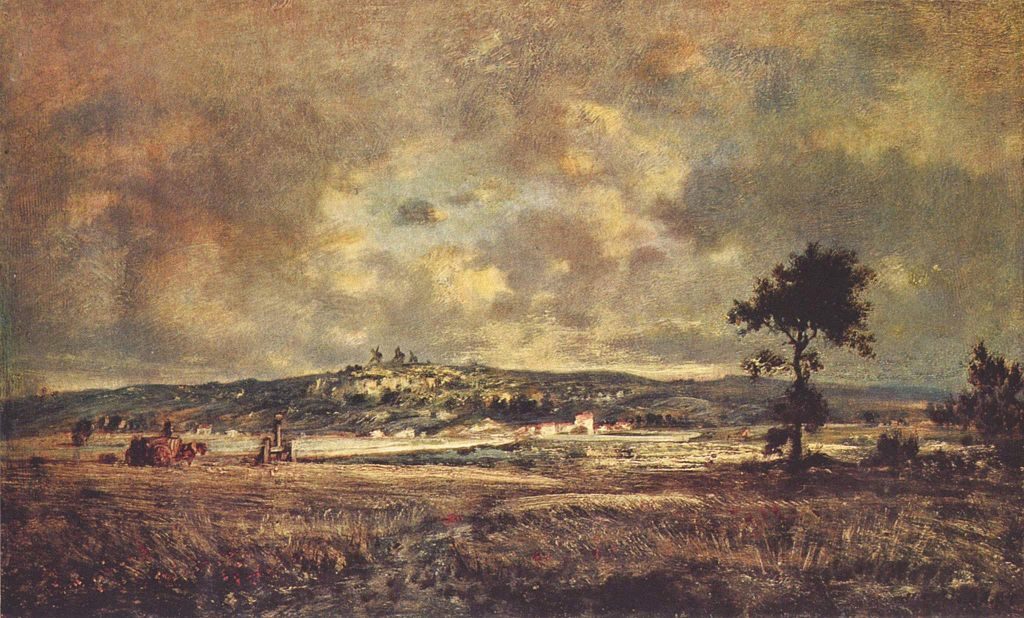
Thunderstorm over Mont Blanc, 1834 by Théodore Rousseau
This early exposure to countryside landscapes likely influenced his future artistic direction.
Rousseau’s formal art education began in Paris, where he developed a profound love for nature that would define his artistic career. Unlike many artists of his time who followed classical traditions, he preferred to paint directly from nature.
The forests and landscapes of France, particularly Fontainebleau, became his greatest source of inspiration. He would often spend long periods outdoors, carefully observing light, atmosphere, and the intricate details of trees and foliage.
Barbizon School Affiliation
Rousseau became a central figure in the Barbizon School, a group of artists who settled in the village of Barbizon near the Fontainebleau forest in the 1830s. These painters rejected academic conventions and urban subjects in favor of direct nature observation.
His approach to landscape painting was revolutionary for its time. Rather than idealizing nature as was common in academic circles, Rousseau sought to capture authentic rural scenes with emotional depth and atmospheric accuracy.
The Barbizon painters, led by Rousseau, paved the way for Impressionism by emphasizing plein air (outdoor) painting and focusing on light effects. Rousseau’s techniques involved careful attention to the changing moods of nature throughout different seasons and times of day.
Principales œuvres et expositions
Despite his talent, Rousseau faced significant rejection from the Paris Salon, earning him the nickname “Le Grand Refusé” (The Great Rejected One). Between 1836 and 1841, all of his submissions were rejected by the conservative jury.
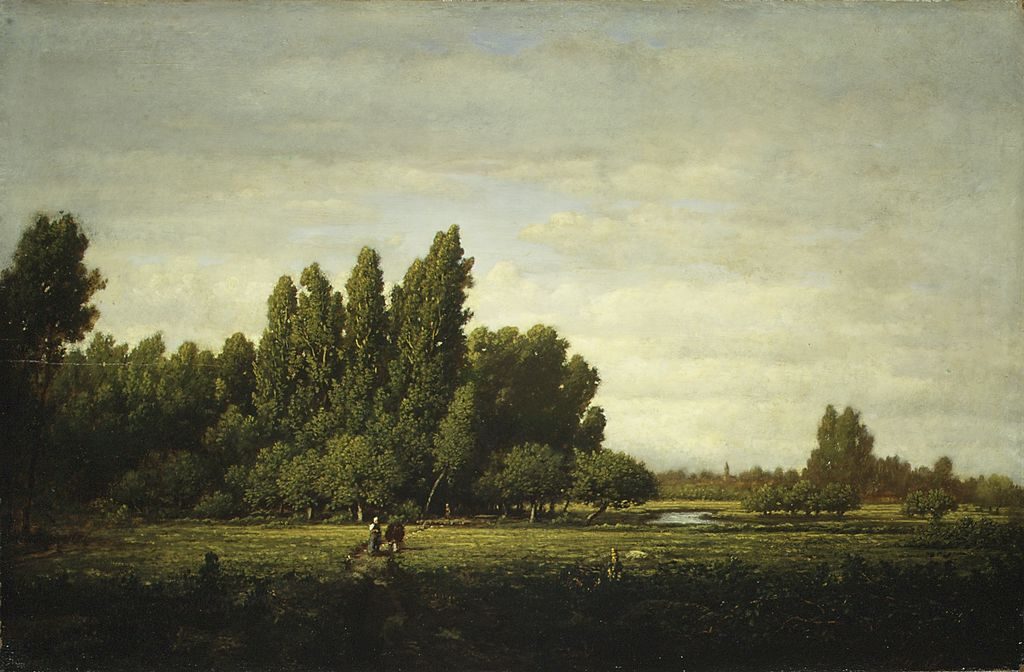
A Meadow Bordered by Trees, c. 1845 by Théodore Rousseau
His persistence eventually paid off. Works like “The Forest of Fontainebleau” and “The Edge of the Forest at Fontainebleau” showcase his masterful ability to capture the dignity and drama of trees, which he painted with almost human-like character.
Recognition finally came in 1849 when Rousseau received a first-class medal at the Salon. By 1867, just before his death, he was awarded the prestigious Legion of Honor and had a triumphant retrospective exhibition.
Rousseau’s legacy endures through his innovative approach to landscape painting, which influenced generations of artists. His works can be found in major museums worldwide, including the Louvre and the Metropolitan Museum of Art.
Style artistique et techniques
Théodore Rousseau developed a distinctive approach to landscape painting that set him apart from his contemporaries. His technical innovations and deep connection to nature established him as a pioneer of the Barbizon school.
The Influence of Nature
The Forest of Fontainebleau served as Rousseau’s primary source of inspiration and creative laboratory. Unlike academic painters of his time, he insisted on painting directly from nature, capturing its raw essence rather than idealizing it.
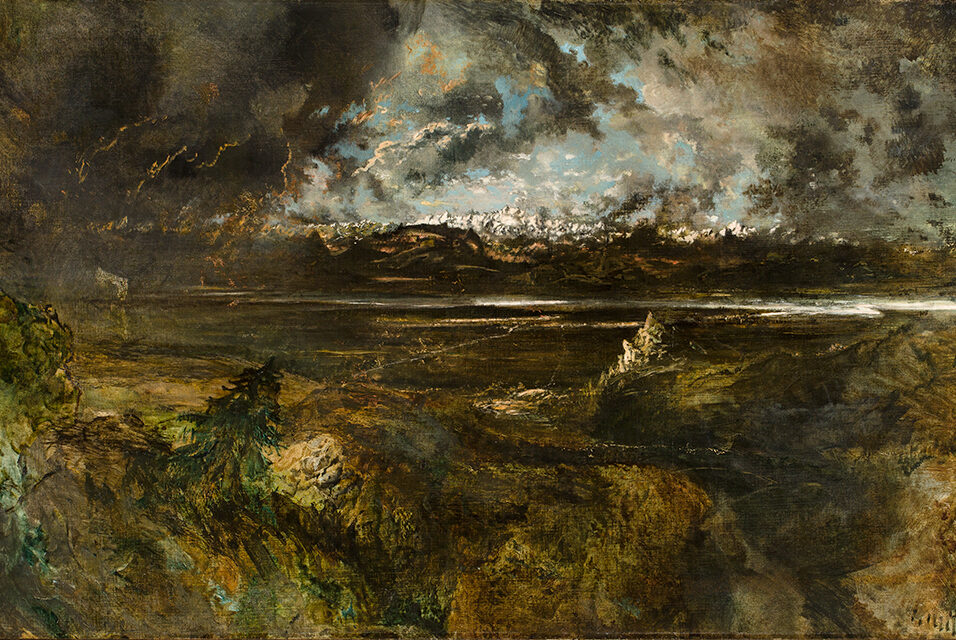
Thunderstorms Mood in the Level of Montmartre, 1845–1848
Rousseau’s landscapes reveal his emotional connection to the natural world. He portrayed trees not merely as scenic elements but as living beings with distinct personalities. His works like “In the Forest of Fontainebleau” demonstrate his ability to capture the mysterious atmosphere of dense woodlands.
He was particularly drawn to ordinary rural scenes that other artists overlooked. Paintings such as “Landscape with a Plowman” showcase his interest in depicting the harmonious relationship between humans and their environment.
Rousseau’s Painting Methods
Rousseau employed various materials including oil on canvas, oil on panel, and oil on wood. His technique evolved throughout his career, developing from smooth, detailed early works to more textured later pieces.
He created rich surfaces by building up multiple layers of paint, sometimes using a palette knife to add texture. This approach gave his paintings a three-dimensional quality that emphasized the physicality of nature.
Rousseau often worked on a single painting for years, continuously refining it. His dedication to capturing precise lighting conditions sometimes led him to rework paintings as he observed seasonal changes in the same location.
Contributions to Impressionism
Though firmly rooted in the Barbizon tradition, Rousseau’s work laid important groundwork for Impressionism. His emphasis on painting outdoors (en plein air) directly influenced younger artists like Monet and Renoir.
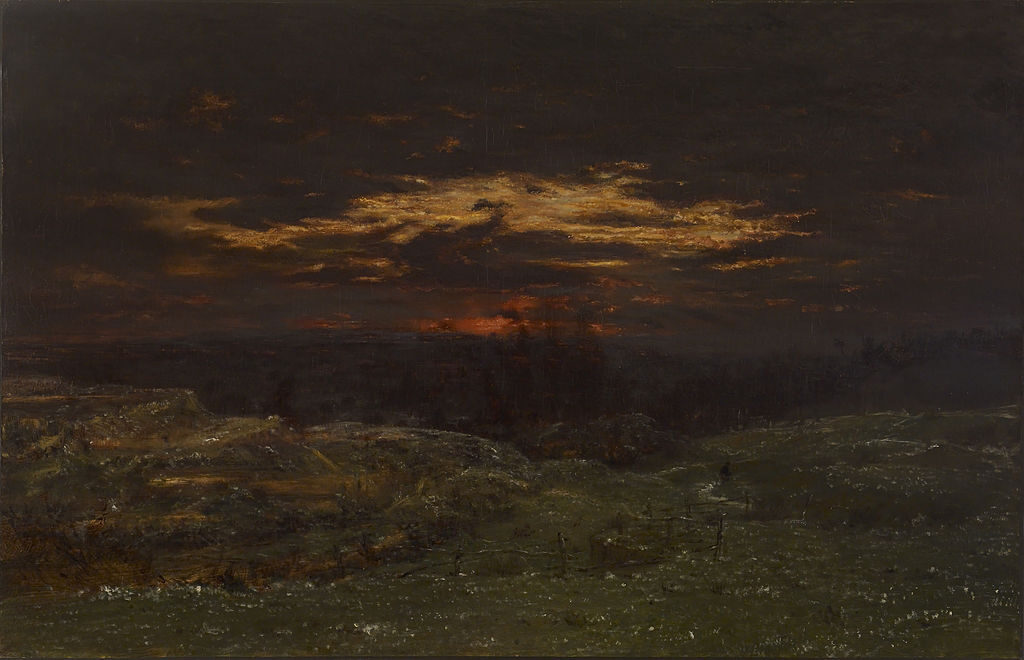
Hoarfrost, 1845 by Théodore Rousseau
Rousseau’s approach to light and atmosphere, especially in works like “The Edge of the Forest,” showed how changing natural conditions could be central to a landscape’s emotional impact. This focus on light’s transformative effects became a cornerstone of Impressionist painting.
His concept of paysage (landscape) expanded beyond mere scenery to include emotional and atmospheric qualities. This holistic view of landscape painting encouraged later artists to explore the subjective experience of nature rather than simply recording its appearance.
Legacy and Influences
Théodore Rousseau’s impact on art history extends far beyond his lifetime. His deep commitment to nature and innovative approach to landscape painting influenced generations of artists and transformed how we view the natural world.
Impact on the Art World
Rousseau’s work dramatically changed landscape painting in the 19th century. As a leader of the Barbizon School, he championed the direct observation of nature, rejecting artificial studio compositions. This approach laid important groundwork for later Impressionist painters.
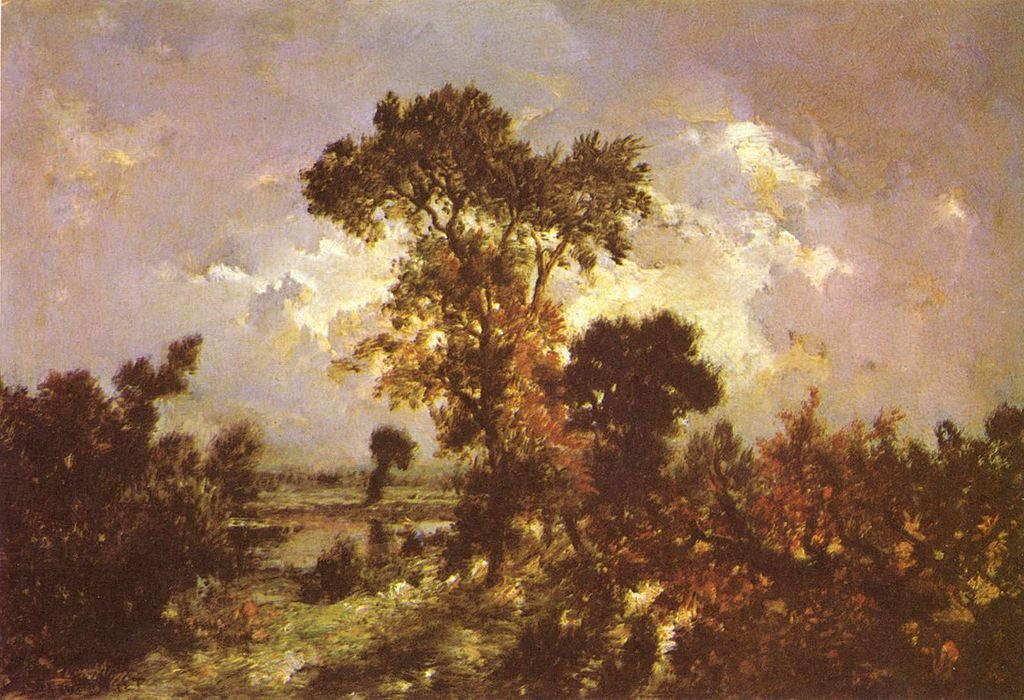
The Fisherman, 1848–49 by Théodore Rousseau
His expressive depictions of forests, fields, and rural scenes helped elevate landscape painting from a minor genre to a respected art form. Works like “Sunset in the Forest” demonstrated that landscapes could convey deep emotion and philosophical ideas about humanity’s connection to nature.
Many notable artists, including Charles-François Daubigny, recognized Rousseau’s genius and followed his example of painting outdoors. His rejection by the conservative Paris Salon earlier in his career ultimately helped inspire independent art movements and exhibitions.
Collection et préservation
Rousseau’s paintings are now treasured in major museums worldwide. The Louvre Museum in Paris holds several significant works honoring him in the country that once rejected his revolutionary style.
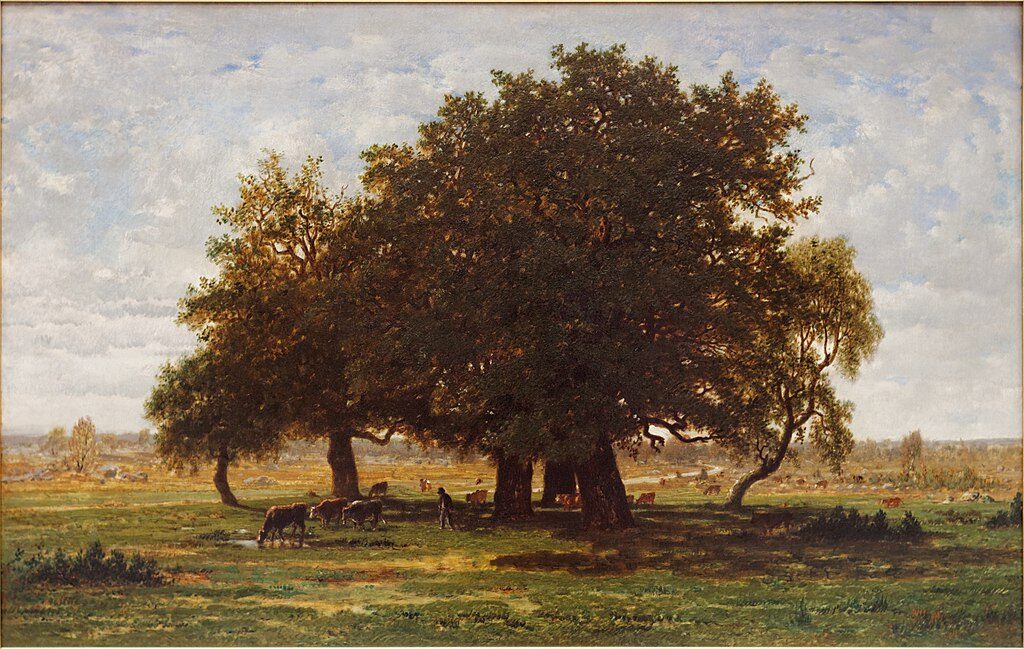
Les chênes d’Apremont (Oak Grove, Apremont), 1850–1852
The J. Paul Getty Museum and the National Gallery of Art maintain important collections of his paintings, including “Landscape with a Clump of Trees” and other masterpieces that showcase his distinctive technique and vision.
At the 1855 Exposition Universelle, Rousseau finally received official recognition with a medal. This marked a turning point in how his work was valued. Today, his paintings command significant attention from scholars and collectors who recognize his pivotal role in art history.
His landscapes continue to resonate with viewers through their authentic portrayal of nature and expression of our shared humanity.
Questions fréquemment posées
Théodore Rousseau left a lasting impact on 19th-century landscape painting through his innovative techniques and dedication to nature. His works continue to inspire artists and art lovers worldwide.
What contributions did Théodore Rousseau make to the Barbizon School of painting?
Théodore Rousseau was one of the founding figures of the Barbizon School, a movement that revolutionized landscape painting in France. He rejected academic conventions and championed direct observation of nature.
His commitment to painting outdoors (en plein air) helped establish this practice as essential to landscape painting. Rousseau’s detailed studies of trees, light, and atmospheric conditions brought new authenticity to natural scenes.
He encouraged other artists to abandon idealized compositions and instead capture the raw beauty of the French countryside. His leadership in the Barbizon village attracted many artists who shared his vision for truthful landscape representation.
Which museums prominently display Théodore Rousseau’s works?
The Louvre Museum in Paris houses several significant Rousseau paintings, including “The Forest of Fontainebleau.” The Musée d’Orsay, also in Paris, displays important works that showcase his mastery of natural light.
The Metropolitan Museum of Art in New York features notable Rousseau landscapes in its European paintings collection. The National Gallery in London holds several of his forest scenes that demonstrate his detailed approach to vegetation.
The Walters Art Museum in Baltimore and the Museum of Fine Arts in Boston both contain excellent examples of Rousseau’s work. These institutions celebrate his contributions to landscape painting through permanent exhibitions.
How did Théodore Rousseau influence landscape painting during his era?
Rousseau challenged the hierarchy of painting genres by elevating landscape to a serious art form. Before his time, landscapes were considered less important than historical or religious paintings.
He introduced a new emotional intensity to landscape painting, infusing scenes with mood and atmosphere. His detailed observation of trees, rocks, and sky conditions inspired a generation of painters to look more carefully at nature.
Rousseau’s technical innovations, particularly his layered approach to painting foliage, influenced countless artists. His rejection by the conservative Paris Salon early in his career inspired other independent artists to pursue their visions despite institutional resistance.
What are some of Théodore Rousseau’s most celebrated works?
“The Forest of Fontainebleau” stands as one of Rousseau’s masterpieces, capturing the dense woodland with remarkable detail. “The Great Oaks of Old Bas-Bréau” demonstrates his fascination with ancient trees and their majestic presence.
“Sunset in the Forest” showcases his skill with light and atmospheric effects. “The Village of Becquigny” reveals his ability to integrate human settlements harmoniously into natural settings.
“The Marsh in the Landes” displays his talent for depicting wetland environments with botanical precision. These works highlight his range and technical mastery across various landscape types.
How did Théodore Rousseau’s artistic style evolve throughout his career?
Rousseau began with more traditional compositions influenced by his early teachers, including J.-C.-J. Rémond. His formative trip to the Auvergne region in 1830 marked a turning point as he began studying directly from nature.
By the 1840s, his work showed increased attention to detail and texture, particularly in his depictions of trees and rock formations. His middle period featured more complex compositions with dramatic lighting effects and emotional resonance.
In his later years, Rousseau developed a more contemplative approach with subtler color palettes. Throughout his evolution, his commitment to authentic representation of nature remained constant, though his techniques became increasingly sophisticated.
What was Théodore Rousseau’s approach to capturing the natural environment in his paintings?
Rousseau believed in direct observation. He often worked outdoors to capture immediate impressions of light and atmosphere.
He made extensive sketches on location before developing larger compositions in his studio.
His painting technique involved building up multiple layers of paint to create depth and texture. This approach allowed him to portray the intricate details of forest undergrowth and tree bark with remarkable accuracy.
Rousseau paid particular attention to the effects of changing weather and seasons on landscapes. He often returned to the same locations repeatedly to understand how light transformed familiar scenes throughout the year.

